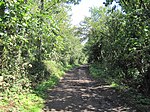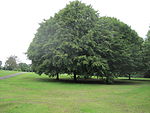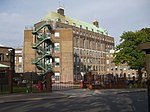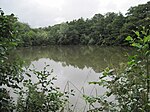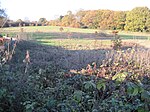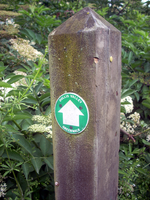Mill Hill Substation Pastures

Mill Hill Substation Pastures is a fifteen-hectare Site of Metropolitan Importance for Nature Conservation in Mill Hill in the London Borough of Barnet. The reserve consists of pastures grazed by horses around Mill Hill Electricity Substation. These contain patches of unimproved herb-rich pasture on damp clay soil. Locally uncommon plants include devil's bit scabious, sneezewort, pepper-saxifrage and red bartsia. The dividing hedges appear to be very old, and Burtonhole Brook, a tributary of Folly Brook, flows through the site, adding to its diversity of habitat. The hedgerows and woodland provide a refuge for birds. The reserve is on private land, but it can be viewed from Burtonhole Lane and Partingdale Lane.
Excerpt from the Wikipedia article Mill Hill Substation Pastures (License: CC BY-SA 3.0, Authors, Images).Mill Hill Substation Pastures
London West Finchley (London Borough of Barnet)
Geographical coordinates (GPS) Address Nearby Places Show on map
Geographical coordinates (GPS)
| Latitude | Longitude |
|---|---|
| N 51.6168 ° | E -0.2106 ° |
Address
NW7 1NT London, West Finchley (London Borough of Barnet, Ridgemont)
England, United Kingdom
Open on Google Maps

